Abandoned Slovenia: Plečnik’s Bežigrad Stadium, Ljubljana | Urbex

Jože Plečnik was a Slovenian architect whose work can be seen across Ljubljana, including the national library, large fish market, parliament building and multiple bridges. He is highly celebrated in the country, and is known as “the man who built Ljubljana.”
One of his designs, however, hasn’t received the same level of care, upkeep and notoriety as these famous landmarks in the city. The Bežigrad Stadium was a multipurpose facility designed by Plečnik, with construction completed in 1935.
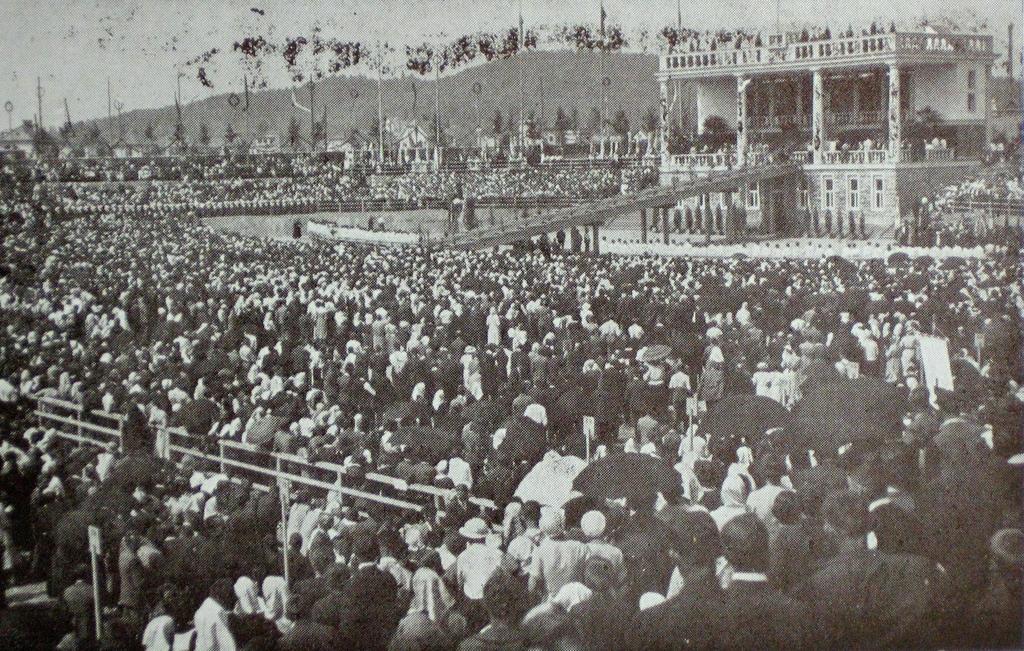
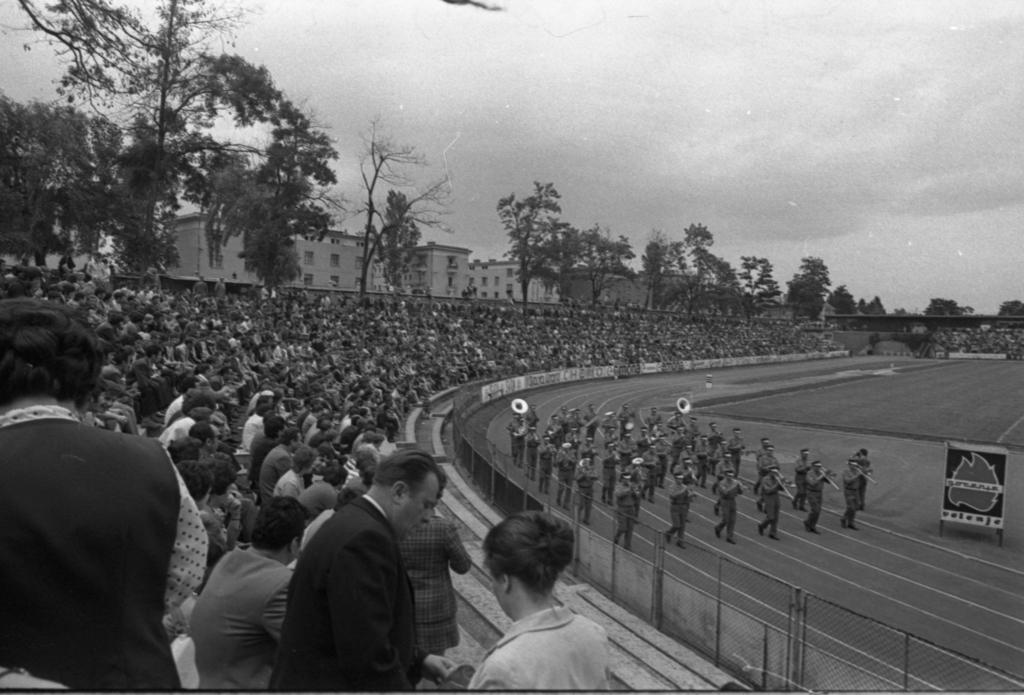
The stadium was initially built for the Catholic Youth Sport Association to host their open air gymnastics festivals, with construction starting in 1923. Progress was slow, with the final structure completed in 1935, in time for a large religious ceremony. Just a few years later, in 1944, the stadium was draped in Nazi flags when members of the Home Guard and anti-communist militia swore allegiance to the Nazis.
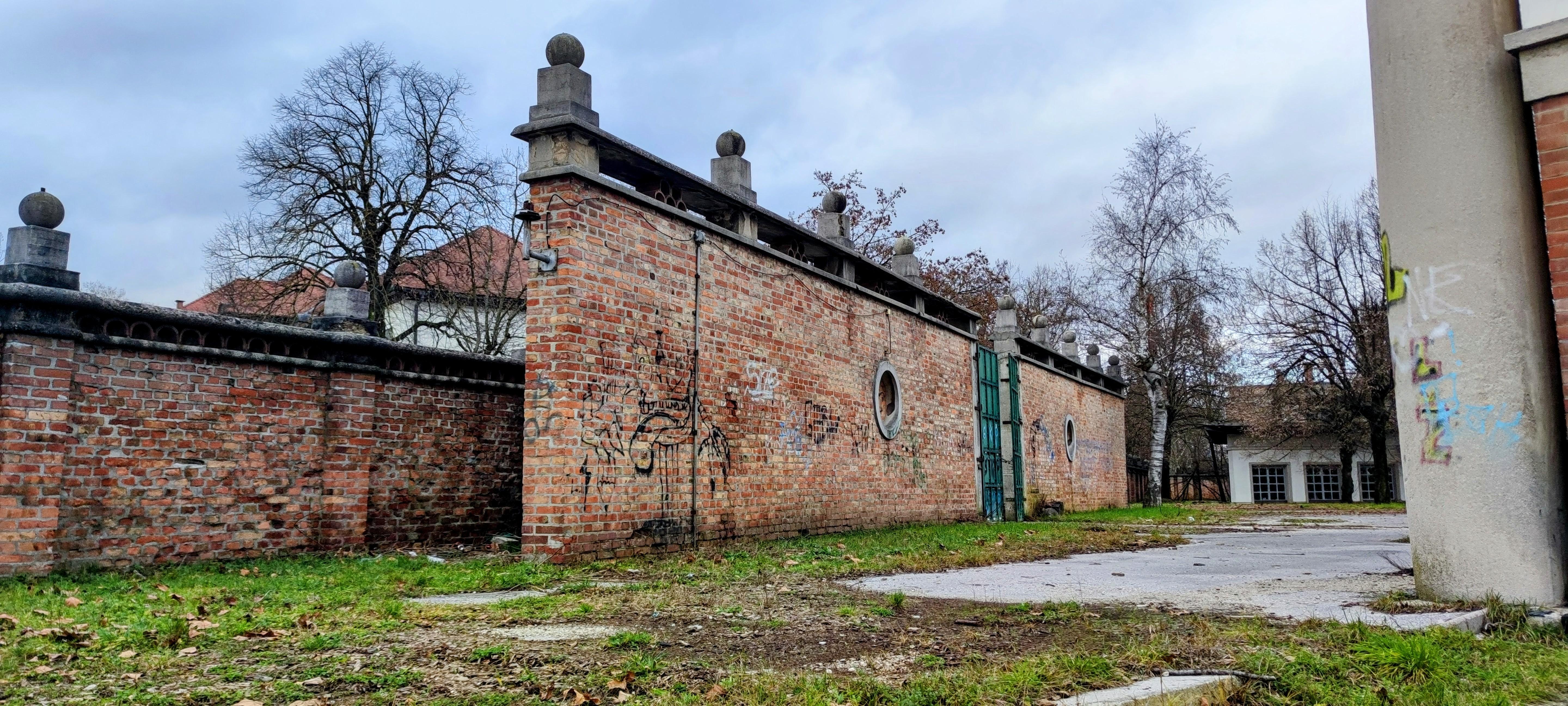

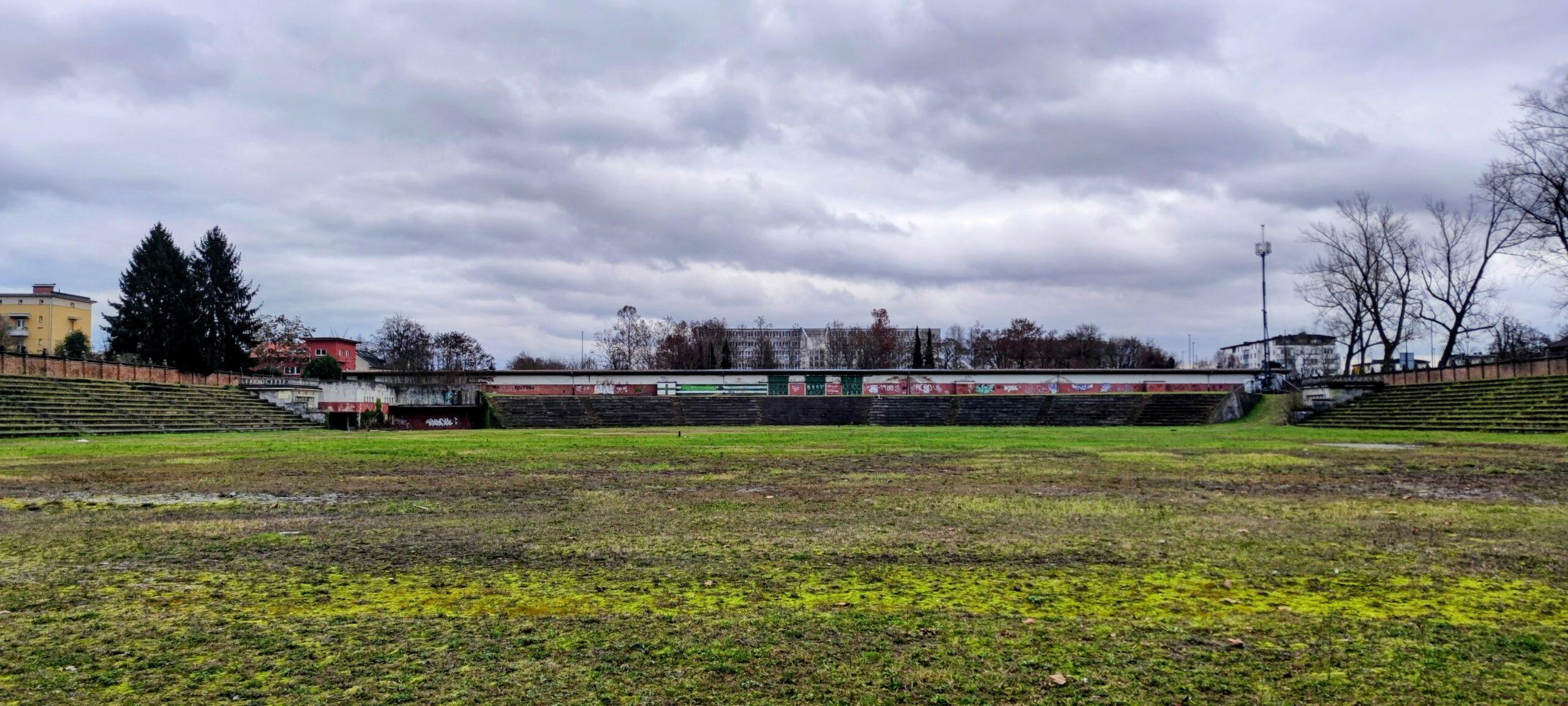
After the war the stadium was used for track and field events, but eventually hosting local football team Ljubljana Olimpija became its main use. After Slovenian independence it also hosted the national team. The venue also hosted a number of open air concerts and events. During this time the stadium was not well looked after, loosing many of its original features to make way for food business to capitalise on the large number of visitors.


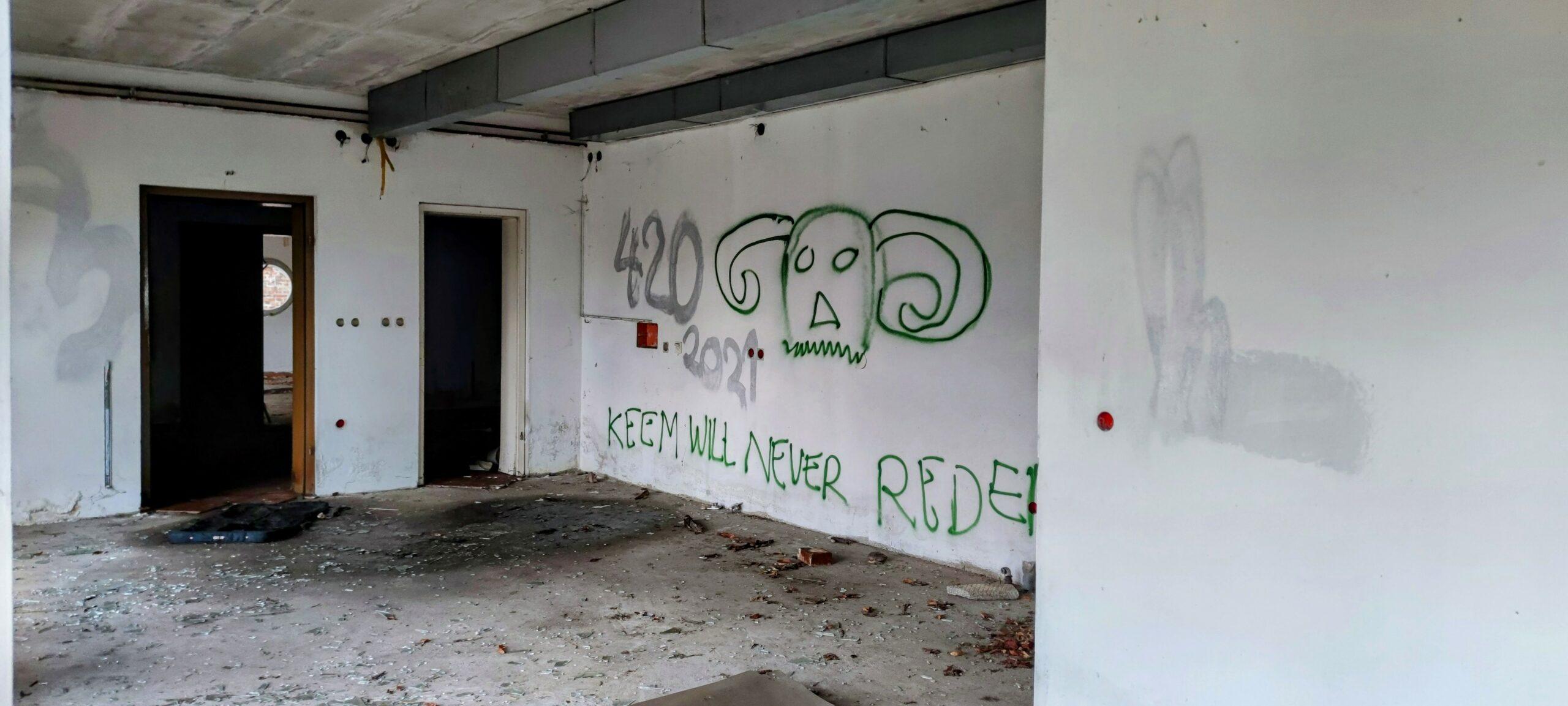
It hosted its last international football match in 2004, having failed to meet FIFA’s standards. Olimpija Ljubljana disbanded shorty after, however a newly established club, NK Bezigrad, continued to use the facility up until 2007. By 2008 the stadium was fully closed off to the public, left to fall into further rot and decay.
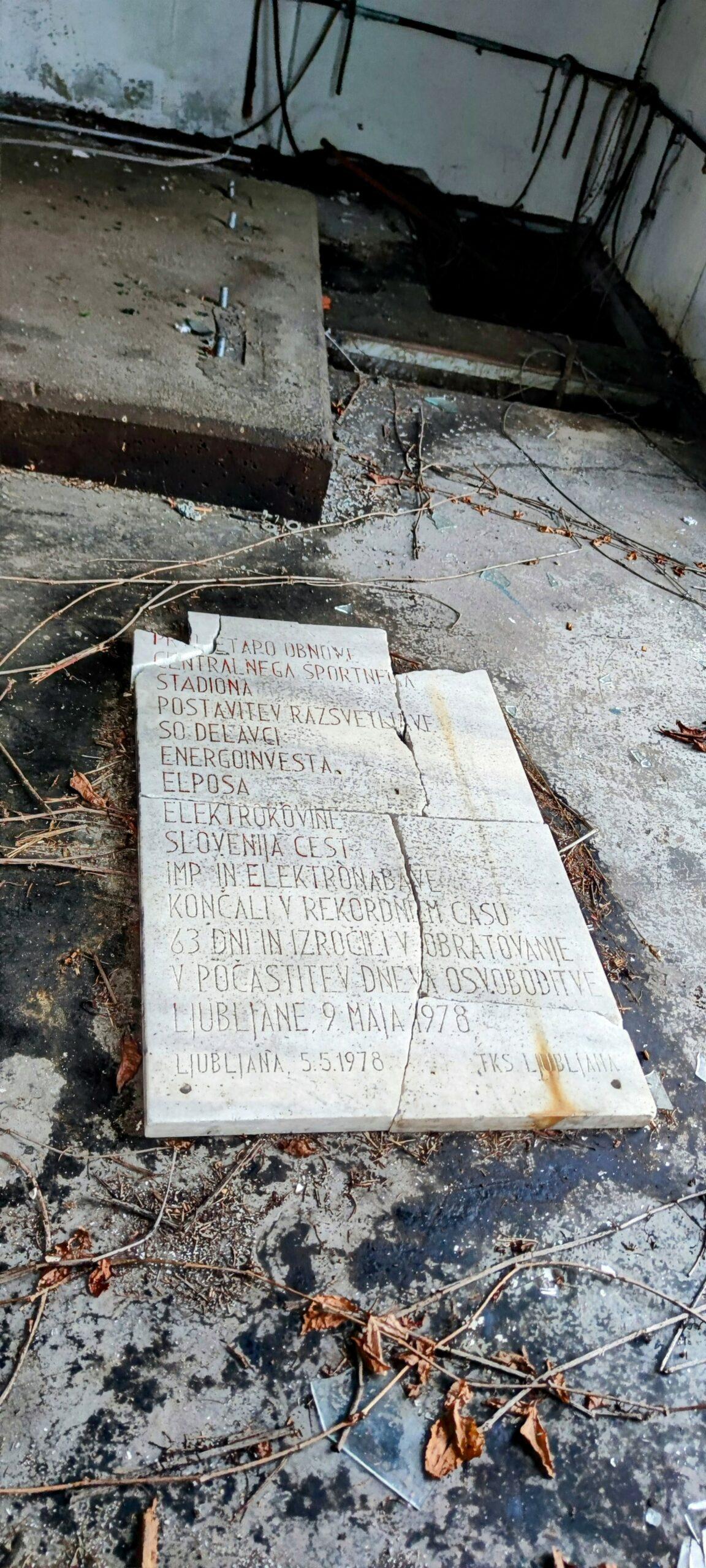
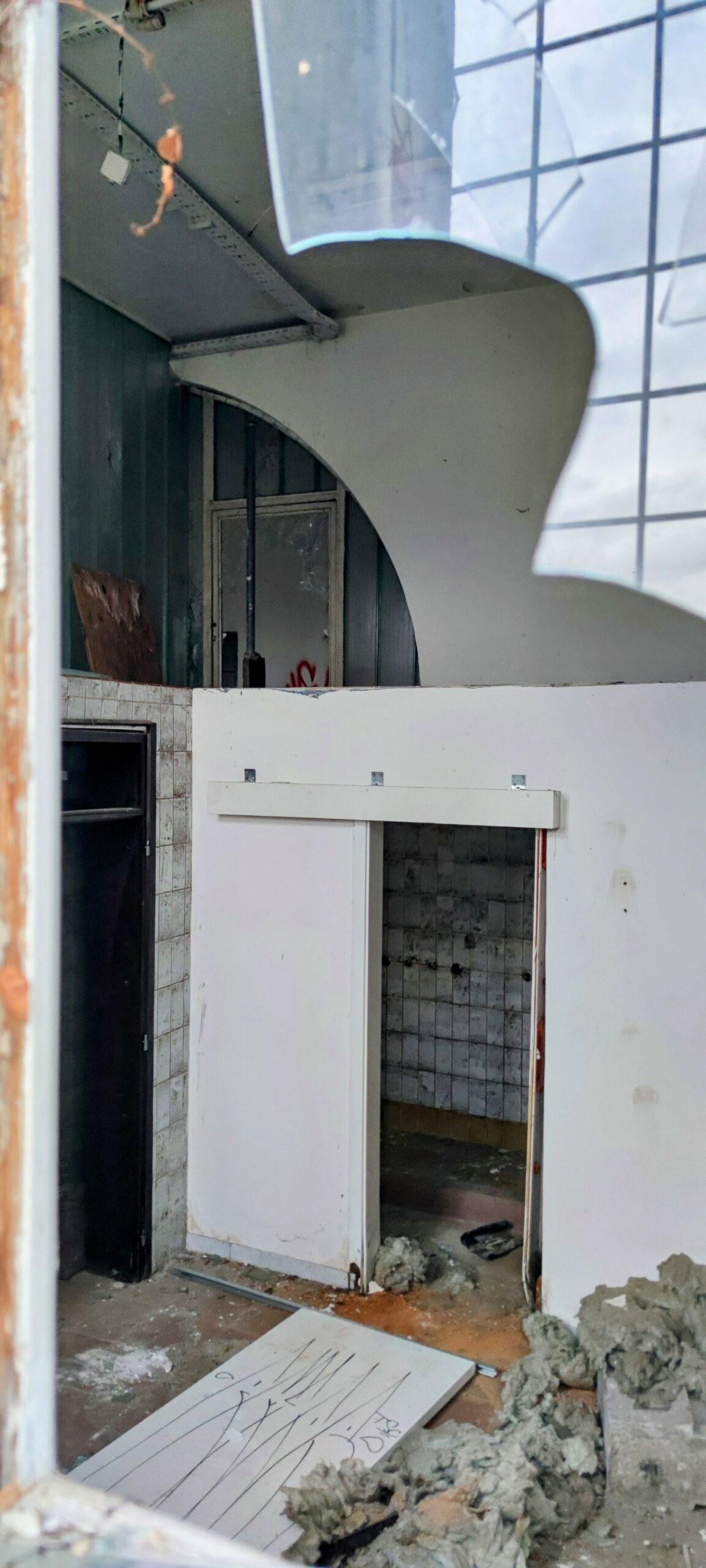

Later thar year plans were put forward to redevelop and renovate the stadium, with a €253 million project. This multi-purpose upgrade would have seen the local football team use the pitch, alongside multiple commercial enterprises including a shopping centre, hotel, sports hall, restaurants and events facilities. Whilst there was initially a lot of support for the project, locals and cultural organisations have since argued that the design looses too much of the original cultural and architectural functions of the building. With the building being protected, and having an important history, its future development is uncertain. For now, it lies behind fences and padlocks, with weeds breaking through the concrete, slowly decaying.
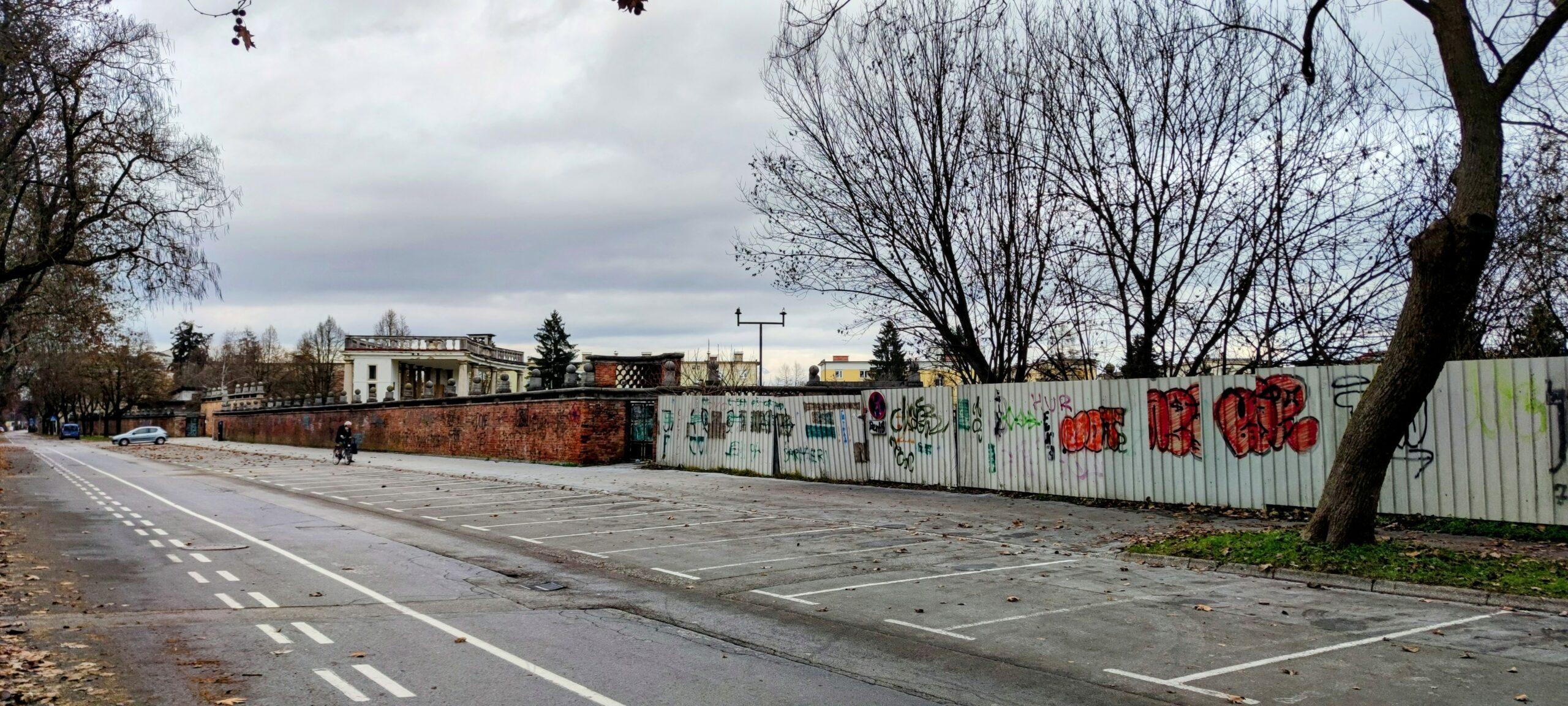

Last Updated on 19 December 2024 by Michael

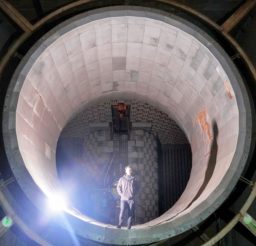

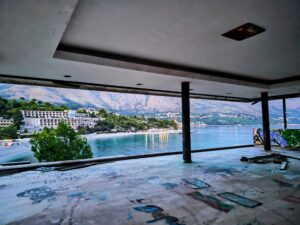
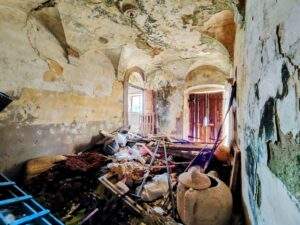
I think it would be nice to renovate the stadium just for the local people to use for sports. It only needs a coat of paint, a broom, dustpan and brush and maybe a bit of diy.
The best things in life do not cost a lot of money and it is important to restore the buildings original beauty without spending money.
I agree, a public space that retains the features of the original design would suit the place far better than totally rebuilding it- loosing its identity.